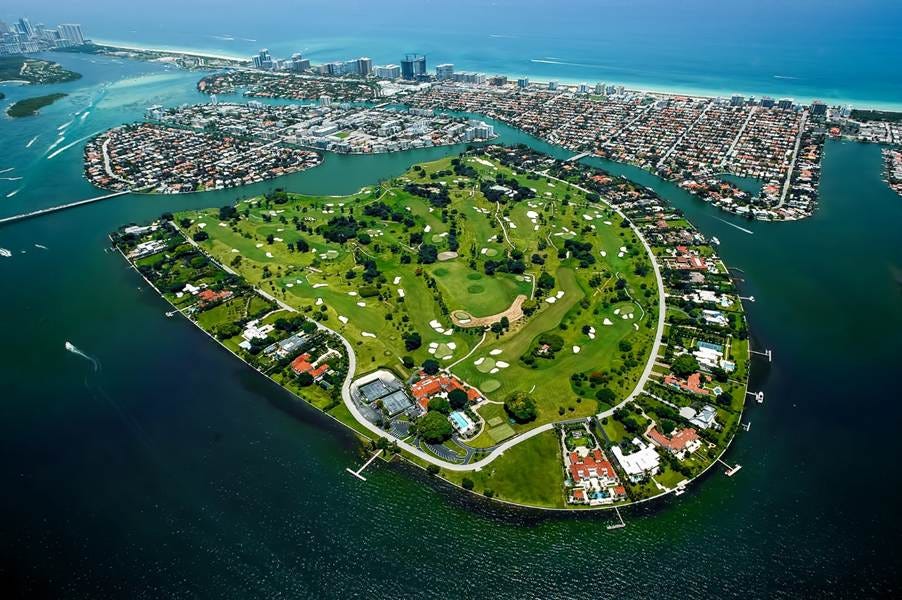[Three short post highlighting several issues in the USA where there are conflicts between people and the environment in which they live.]
American sinking cities
Figure 1.
Many major U.S. cities are slowly sinking (Figure 1). A recent study published in the magazine Nature using satellite data has revealed that all 28 of the most populous U.S. cities are experiencing some degree of land subsidence, affecting around 34 million people (10% of the US population).
Here are some examples of the most affected cities:
Houston: the fastest-sinking city in the country - over 40% of its land is subsiding more than 5mm per year, with 12% sinking more than 10mm annually.
Dallas and Fort Worth: experiencing rapid subsidence due to groundwater extraction and clay-rich soils.
New York City: parts of the city, especially near LaGuardia Airport, are sinking at rates exceeding 2 mm per year.
Chicago: facing similar rates of downward vertical land motion, which could stress infrastructure over time.
Las Vegas and Denver: inland cities that are surprisingly affected, with subsidence rates over 2 mm per year.
New Orleans
The above is reinforced by a further recent study by Tulane University which shows parts of New Orleans and surrounding wetlands are sinking at alarming rates of up to 40mm per year, including some of the city's $15 billion flood defences. The findings show that most of the urban area of Greater New Orleans is relatively stable, but industrial facilities such as groundwater extraction sites, landfill, and gas/chemical plants are losing height at the fastest rates. The research also shows that parts of the flood defences built in the aftermath of Hurricane Katrina are sinking at rates even quicker than sea levels are rising, suggesting they will need regular upgrades to outpace land subsidence.
What are the causal factors?
Groundwater extraction: pumping water from underground aquifers causes the land above to compact and sink.
Soil composition: clay-rich soils expand and contract due to their high/low moisture content, making them prone to subsidence.
Urban development: the sheer weight of buildings and infrastructure can compress the ground beneath them.
Drought and climate change: these are exacerbating the problem by drying out soils and increasing water demand.
Uneven sinking puts stress on buildings, leading to cracks, warped frames or even structural failure. The researchers urge cities to factor subsidence into land-use zoning, infrastructure upgrades and flood management planning. They also call for long-term ground monitoring and outreach to ensure communities are prepared for slow but damaging shifts.
'Alligator Alcatraz' in the Everglades
The Florida State government is pressing ahead with a controversial plan, supported by President Trump, to build a $450 million immigration detention centre, dubbed ‘Alligator Alcatraz’, in the environmentally sensitive area of the Everglades (Figure 2). The facility will be located at the Dade-Collier Training and Transition Airport, about 60km from Miami, and will be funded largely by the Federal Emergency Management Agency (FEMA) shelter and services programme (not a usual use of such federal funds).
State officials argue that the centre’s location will deter prisoner/resident escape. It is expected to house an estimated 5,000 undocumented migrants (see below). Critics, including Miami-Dade's mayor and environmental groups, warn the project threatens Native land and the globally significant ecosystem that sustains Miami’s water supply. The plan echoes earlier abandoned projects at the site, such as the failed 1968 Everglades Jetport project.
[An undocumented migrant in the United States is a person who resides in the country without legal authorisation. This can happen in two ways:
Overstaying a visa: many undocumented migrants originally enter the U.S. legally – for example, on tourist, student, or work visas, but remain after their visa expires.
Entering without inspection: others may cross the border without going through official immigration channels or checkpoints.]
Figure 2. Location of Alligator Alcatraz
Indian Creek Village, near Miami, Florida (USA)
Indian Creek Village is a hyper-exclusive island (with its own golf course - see Figure 4) near Miami which has been dubbed the ‘Billionaire Bunker’ (Figure 3). Currently, it is facing a rather unglamorous dilemma: how to get rid of its sewage.
Figure 3. Indian Creek Village – location map
Despite the village’s opulent homes, the island lacks a modern sewage system. For decades, it has relied on septic tanks, which have contributed to pollution in Biscayne Bay, the stretch of water in which the Village is located. To fix this, the residents of Indian Creek proposed connecting their sewage system to the neighbouring town of Surfside. However, for this link the Surfside council demanded a $10 million fee, citing the historical cost of building and maintaining the infrastructure.
The wealthy and influential inhabitants of Indian Creek called the fee “extortion” and took the issue to Florida’s state legislature in the state capital Tallahassee. There, a large transportation bill with a new legal sub-clause that would force Surfside to accept Indian Creek’s sewage - without charging for it – is in the process of passing due process, currently awaiting the state governor’s signature.
This case study is an example of how even the wealthiest enclaves find it difficult to ‘flush away’ infrastructure problems, and how political and financial influence can shape even the most basic municipal services.
Figure 4. Indian Creek – aerial photograph
Environmentally, the issue highlights the island’s long-standing reliance on septic tanks. These tank systems, especially when used near coastal areas like Biscayne Bay, can leak nitrogen and phosphorus into the water, encouraging algal blooms and degrading marine ecosystems. Florida State has been pushing municipalities to phase out septic tanks, and Indian Creek’s delay in upgrading its infrastructure has only heightened concerns.
One final point: three of the houses in Indian Creek Village are owned by each of Jeff Bezos (the founder of Amazon and recent ‘not-so-popular’ visitor to Venice), Tom Brady (a former American football player and part-owner of Birmingham City FC), and Jared Kushner (the husband of Ivanka Trump). Hmm!








thats a beautiful neighbourhood